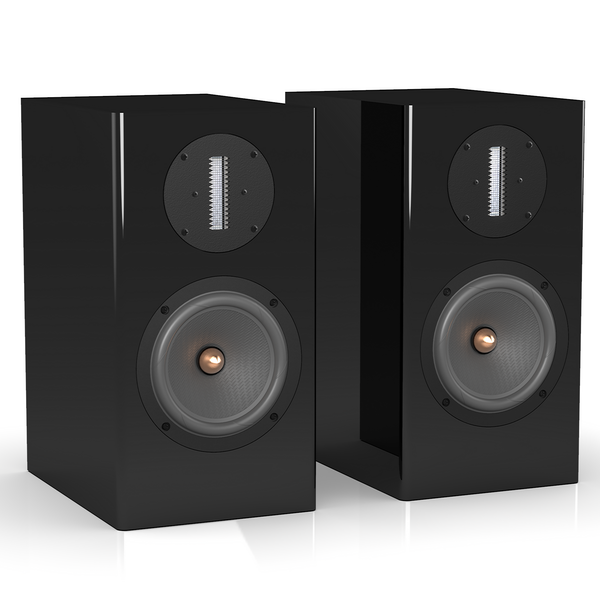OP
Forty six and two
Member
- Joined
- Mar 18, 2024
- Messages
- 83
- Likes
- 5
- Thread Starter
- #21
Yes i use a sub.For sure, however does the OP have a sub? That wasn't made clear, @Forty six and two.
WiiM Pro Plus has PEQ functions.
Not necessarily.
How much peak power do you need?
JSmith
and my current denon avr 1912 is 90 wpc into 8 ohms. If i am going for a separate power amp 140 wpc would be great

